Home>Gardening & Outdoor>Landscaping Ideas>When To Plant Grass Seed In Spring Virginia
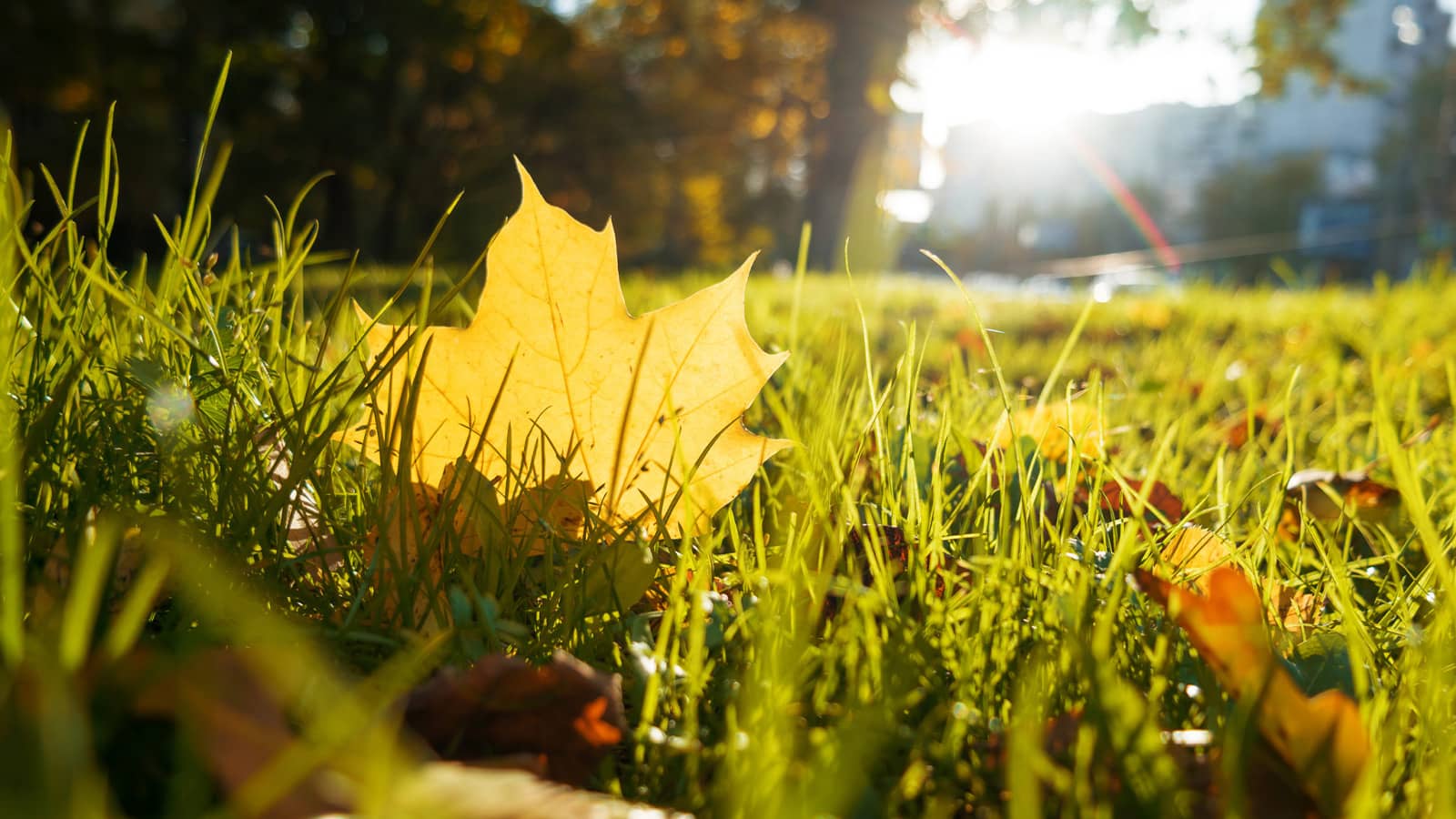

Landscaping Ideas
When To Plant Grass Seed In Spring Virginia
Modified: March 28, 2024
Discover the best time to plant grass seed in spring in Virginia with expert landscaping ideas. Ensure a lush, green lawn with our essential tips and advice.
(Many of the links in this article redirect to a specific reviewed product. Your purchase of these products through affiliate links helps to generate commission for Storables.com, at no extra cost. Learn more)
Introduction
Welcome to the beautiful state of Virginia, where the lush landscapes and diverse climates create the perfect canvas for stunning lawns and gardens. Whether you're a seasoned gardener or a novice enthusiast, the joy of nurturing a vibrant, healthy lawn is a rewarding experience that enhances the beauty of your outdoor space. One of the essential steps in achieving a thriving lawn is knowing when to plant grass seed, especially in the spring when nature awakens from its winter slumber.
In this comprehensive guide, we will delve into the intricacies of planting grass seed in Virginia during the spring season. From understanding the unique climate of Virginia to selecting the right grass seed and mastering the art of soil preparation, we will equip you with the knowledge and insights needed to cultivate a resilient and picturesque lawn. Whether you reside in the rolling hills of the Shenandoah Valley, the coastal plains of Tidewater, or the mountainous terrain of the Appalachians, this guide is tailored to help you make informed decisions and achieve successful results in your lawn care endeavors.
As we embark on this green-fingered journey, let's unravel the optimal timing for planting grass seed in Virginia and explore the best practices that will set the stage for a flourishing lawn. Join us as we sow the seeds of knowledge and nurture the growth of your dream lawn in the scenic landscapes of Virginia.
Key Takeaways:
- Plant grass seed in Virginia during late March to mid-April for optimal growth. Monitor soil temperature and prepare soil for successful germination in the diverse climate.
- Choose cool-season grass varieties like Kentucky bluegrass and tall fescue, and nurture the lawn with attentive care for a resilient and visually captivating landscape in Virginia.
Read more: When To Plant Grass Seed Virginia
Understanding Virginia’s Climate
Virginia’s climate is as diverse as its stunning landscapes, encompassing a range of conditions that influence the success of lawn care and landscaping efforts. The state experiences a blend of climates, including humid subtropical, humid continental, and oceanic, each contributing to the varying weather patterns observed across different regions.
Coastal areas are characterized by milder winters and cooler summers due to the moderating effects of the Atlantic Ocean, while inland regions often encounter more pronounced seasonal temperature fluctuations. The mountainous terrain in western Virginia introduces its own microclimates, impacting temperature and precipitation levels.
Spring in Virginia heralds the awakening of nature, with temperatures gradually warming and daylight hours increasing. However, the season also brings unpredictable weather, including occasional late frosts and rapid temperature shifts. Understanding these climatic nuances is crucial when determining the optimal timing for planting grass seed, as well as selecting grass varieties that can thrive in Virginia’s dynamic environment.
From the foothills of the Blue Ridge Mountains to the banks of the Chesapeake Bay, Virginia’s diverse topography and climatic influences necessitate a tailored approach to lawn care. By embracing the unique characteristics of Virginia’s climate, you can make informed decisions when planning and executing your grass seed planting endeavors, ultimately fostering a resilient and visually captivating lawn that harmonizes with the natural beauty of the state.
Best Time to Plant Grass Seed in Spring
As the vibrant tapestry of spring unfolds across Virginia, the allure of rejuvenating your lawn with fresh grass seed becomes increasingly irresistible. Determining the optimal time to sow grass seed is a pivotal decision that can significantly influence the success of your lawn establishment efforts. In Virginia, the best time to plant grass seed in spring typically aligns with the transition from the dormant winter season to the awakening of spring.
Early spring, usually from late March to mid-April, presents an opportune window for planting grass seed in Virginia. During this period, the soil temperature begins to rise, and the risk of frost diminishes, creating favorable conditions for grass seed germination and establishment. It’s important to monitor the soil temperature, aiming for a range of 50 to 65 degrees Fahrenheit for optimal germination of cool-season grasses, which are well-suited to Virginia’s climate.
While the temptation to start early may arise, it’s essential to exercise caution and avoid planting grass seed too soon, as late frosts can pose a threat to emerging seedlings. By patiently awaiting the right moment, you can maximize the potential for successful germination and minimize the risk of setbacks due to unpredictable weather fluctuations.
By aligning your grass seed planting activities with the natural rhythms of spring in Virginia, you can harness the seasonal energy and vitality to nurture a resilient and vibrant lawn. Embracing the best time for planting grass seed sets the stage for a flourishing lawn that will enhance the beauty of your outdoor space and stand as a testament to your dedication to sustainable and beautiful landscaping.
Preparing the Soil
Before embarking on the journey of planting grass seed in the spring, it’s crucial to lay a solid foundation by preparing the soil to create an optimal environment for seed germination and root establishment. In Virginia, soil preparation plays a pivotal role in nurturing a healthy and resilient lawn that can withstand the diverse climatic conditions and thrive in the state’s unique landscapes.
Begin by assessing the soil’s composition and structure, taking note of any compaction, drainage issues, or nutrient deficiencies that may hinder the growth of grass seed. Aerating the soil can alleviate compaction and enhance air and water movement, fostering an environment conducive to robust root development. Additionally, addressing drainage concerns through proper grading and incorporating organic matter can mitigate waterlogging and promote healthy root growth.
Conduct a soil test to evaluate pH levels and nutrient content, allowing you to make informed decisions regarding soil amendments. Adjusting the pH to the appropriate range for grass growth, typically between 6.0 and 7.0, and supplementing the soil with essential nutrients can provide a fertile foundation for the grass seed to thrive.
When preparing the soil, aim for a fine, crumbly texture that facilitates seed-to-soil contact, promoting efficient water absorption and seed germination. Remove any debris, rocks, or weeds that may impede the establishment of the grass seed, ensuring a clean canvas for sowing and nurturing new growth.
By investing time and effort in soil preparation, you can lay the groundwork for a resilient and visually captivating lawn that harmonizes with Virginia’s natural beauty. The meticulous attention given to soil quality sets the stage for successful grass seed establishment, paving the way for a lush and vibrant lawn that will enrich your outdoor living space and beckon admiration from all who behold it.
The best time to plant grass seed in spring in Virginia is between mid-April and mid-May. This allows the seeds to establish before the summer heat sets in. Be sure to choose a grass seed variety that is well-suited to Virginia’s climate and soil conditions.
Choosing the Right Grass Seed
When it comes to selecting the ideal grass seed for your Virginia lawn, a thoughtful and informed approach can yield bountiful rewards. Virginia’s diverse climate and terrain call for grass varieties that exhibit resilience, adaptability, and aesthetic appeal, ensuring a lush and enduring lawn that thrives in the state’s dynamic environment.
Consider the climatic factors that influence your specific region within Virginia, such as temperature fluctuations, precipitation levels, and sun exposure. Cool-season grasses, including Kentucky bluegrass, tall fescue, and perennial ryegrass, are well-suited to Virginia’s climate, flourishing in the state’s varying conditions and exhibiting robust growth during the cooler months.
Assess the unique characteristics of your lawn, such as soil type, sun/shade distribution, and foot traffic patterns, to identify grass seed varieties that align with your lawn’s individual needs. For areas with partial shade, fine fescue varieties can thrive, while high-traffic zones benefit from the resilience of tall fescue blends, capable of withstanding wear and tear while maintaining their lush appearance.
Furthermore, prioritize grass seed blends or mixtures that offer a diverse composition, combining multiple grass species to enhance resilience and adaptability. This approach can mitigate the impact of pests, diseases, and environmental stressors, fostering a robust and visually appealing lawn that remains vibrant throughout the seasons.
Embrace the opportunity to explore native grass species that are well-adapted to Virginia’s ecosystems, contributing to the preservation of indigenous flora and the promotion of biodiversity within your landscape. By incorporating native grasses into your lawn, you can establish a harmonious connection with Virginia’s natural heritage while nurturing a sustainable and captivating outdoor environment.
By carefully selecting the right grass seed varieties tailored to Virginia’s climate and your lawn’s specific attributes, you can sow the seeds for a resilient and picturesque lawn that flourishes amidst the scenic landscapes of the state. The artful curation of grass seed varieties sets the stage for a visually captivating and enduring lawn that embodies the timeless allure of Virginia’s natural splendor.
Read more: When To Plant Grass Seed In Virginia
Planting and Caring for Grass Seed
As you embark on the journey of planting and nurturing grass seed in Virginia, a blend of artistry and diligence will pave the way for a verdant and resilient lawn that thrives in the state’s diverse landscapes. The process of sowing grass seed and providing attentive care encompasses a series of thoughtful steps that culminate in the creation of a visually captivating and enduring outdoor space.
Prepare the ground by raking the soil to create a fine, level surface, conducive to optimal seed-to-soil contact. Broadcast the grass seed evenly across the area, following the recommended seeding rates for the specific grass varieties chosen. Lightly rake the seed into the soil at a depth of approximately 1/4 inch, promoting secure soil contact while avoiding burying the seeds too deeply.
After sowing the grass seed, gently press the soil to ensure good seed-to-soil contact, aiding in moisture retention and seed germination. Water the seeded area lightly but consistently, keeping the soil moist but not waterlogged during the critical germination phase. As the grass seedlings emerge and establish, gradually transition to a deeper and less frequent watering regimen, encouraging robust root development and drought tolerance.
Implement a regular mowing schedule once the grass reaches the recommended height, promoting a dense and uniform lawn while minimizing stress on the grass plants. Fertilize the lawn as needed, adhering to the specific requirements of the grass species and considering the soil’s nutrient content as determined by a soil test.
Monitor the lawn for signs of pests, diseases, or nutrient deficiencies, addressing any issues promptly to maintain the health and vitality of the grass. Embrace sustainable lawn care practices, such as mulching grass clippings to return nutrients to the soil and reduce waste, fostering a balanced and eco-friendly approach to lawn maintenance.
By nurturing your newly planted grass seed with attentive care and embracing sustainable lawn care practices, you can cultivate a resilient and visually captivating lawn that harmonizes with the natural beauty of Virginia. The art of planting and caring for grass seed unfolds as a labor of love, yielding a lush and enduring lawn that stands as a testament to your dedication to sustainable and beautiful landscaping.
Conclusion
As the gentle warmth of spring envelops the landscapes of Virginia, the prospect of planting grass seed becomes a gateway to transforming your outdoor space into a verdant oasis that mirrors the state’s natural splendor. Nurturing a thriving lawn in Virginia is an artful endeavor that intertwines the nuances of climate, soil, and grass varieties, culminating in a tapestry of greenery that enriches the outdoor experience.
By understanding Virginia’s diverse climate and embracing the optimal timing for planting grass seed in the spring, you can synchronize your lawn care efforts with the seasonal rhythms, harnessing the vitality of spring to cultivate a resilient and visually captivating lawn. The meticulous preparation of the soil sets the stage for successful seed germination and robust root establishment, laying a fertile foundation for the growth of a lush and enduring lawn.
Choosing the right grass seed varieties tailored to Virginia’s climate and your lawn’s unique attributes infuses your outdoor space with a blend of resilience, adaptability, and aesthetic allure. The artful curation of grass seed varieties not only contributes to the visual appeal of your lawn but also fosters a sustainable and biodiverse landscape that harmonizes with the natural heritage of Virginia.
As you embark on the journey of planting and caring for grass seed, the attentive tending of your lawn becomes a labor of love, weaving together the elements of sowing, nurturing, and sustaining the growth of a resilient and visually captivating lawn. Embrace the artistry of sustainable lawn care practices, fostering a balanced and eco-friendly approach that honors the timeless allure of Virginia’s landscapes.
In closing, the journey of planting grass seed in Virginia’s spring unfolds as a testament to your dedication to creating an outdoor haven that flourishes amidst the state’s diverse and captivating environments. As the grass seed takes root and flourishes, it becomes a living tapestry that reflects the timeless allure of Virginia’s natural splendor, inviting you to savor the beauty of a thriving and enduring lawn in the heart of the Old Dominion.
Frequently Asked Questions about When To Plant Grass Seed In Spring Virginia
Was this page helpful?
At Storables.com, we guarantee accurate and reliable information. Our content, validated by Expert Board Contributors, is crafted following stringent Editorial Policies. We're committed to providing you with well-researched, expert-backed insights for all your informational needs.
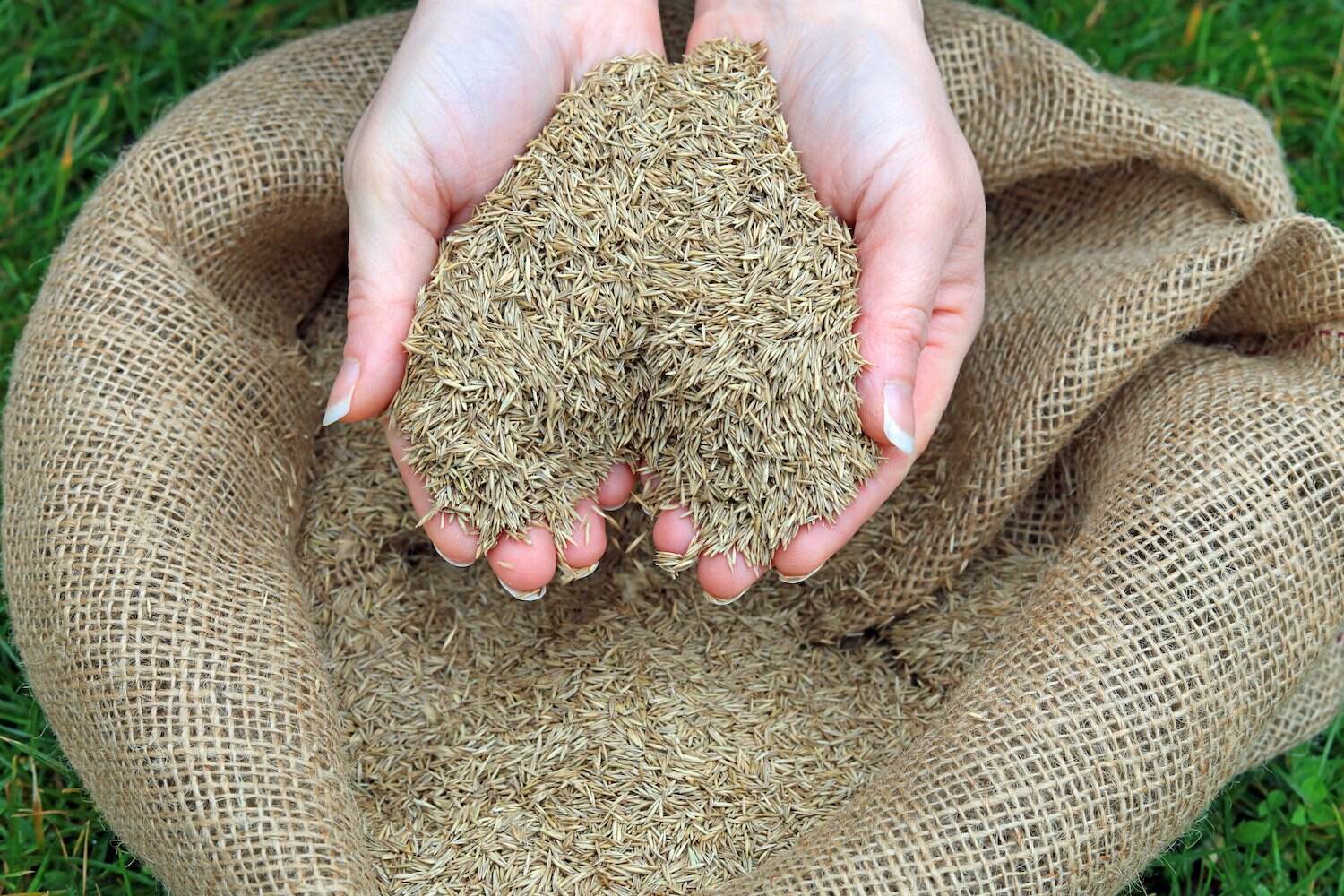

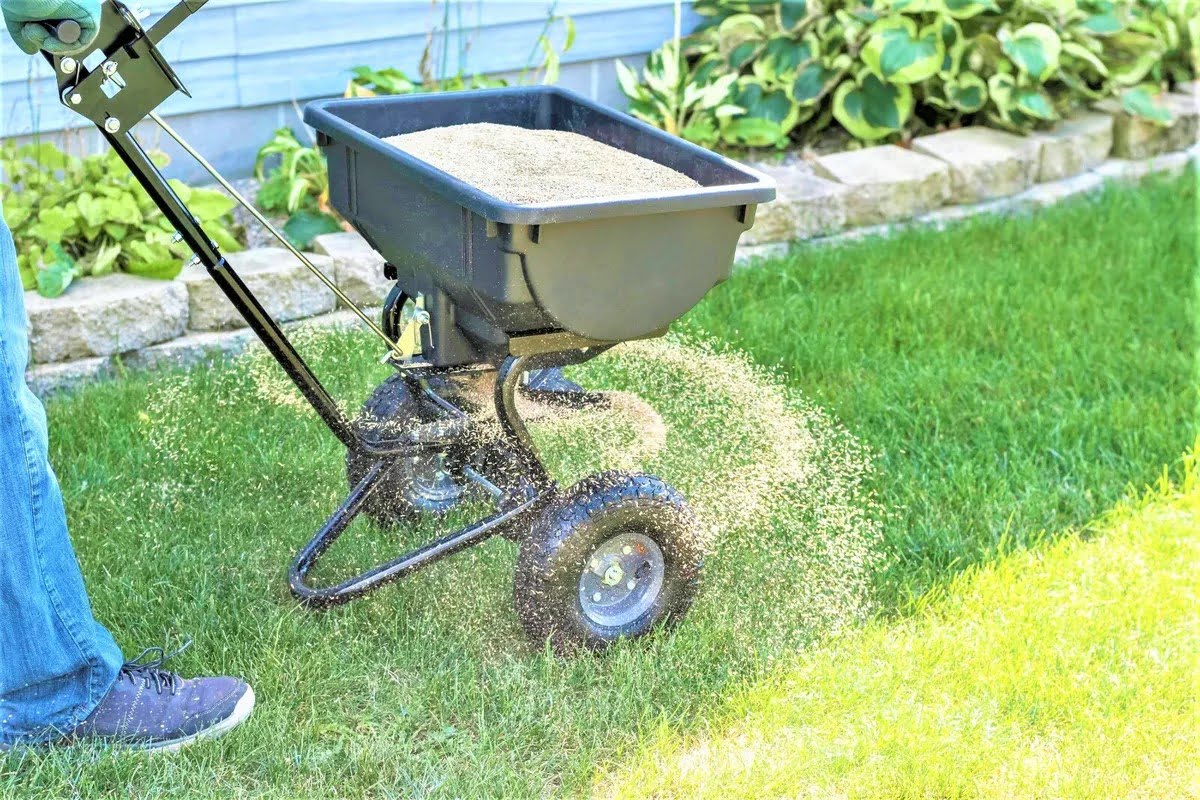

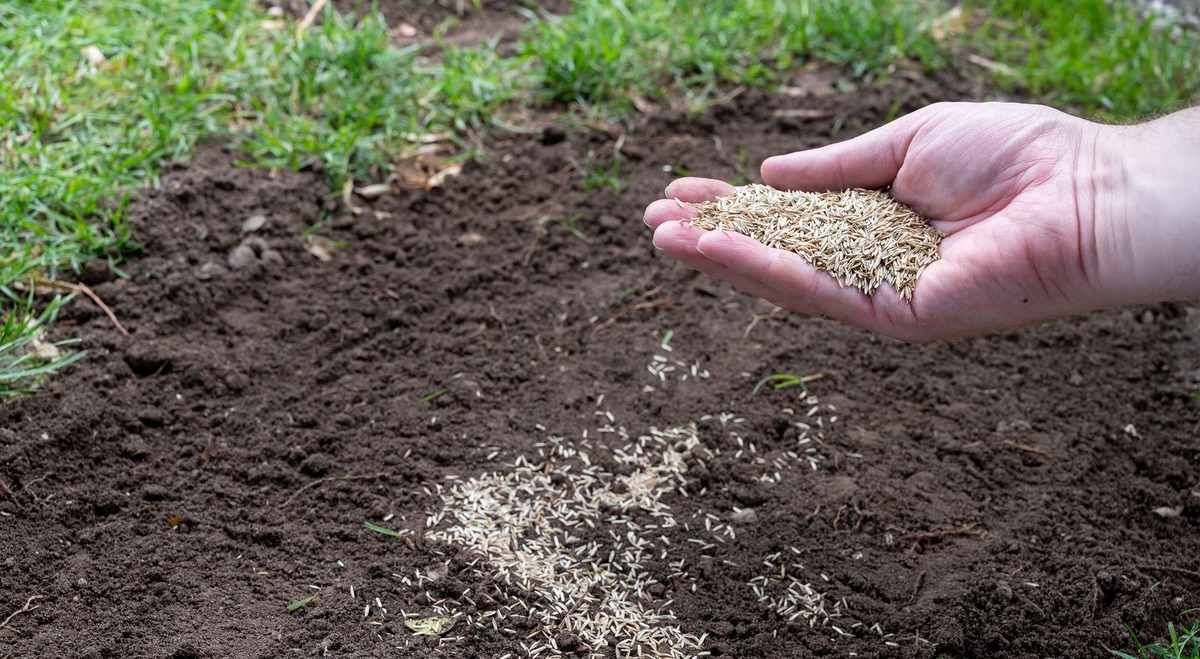
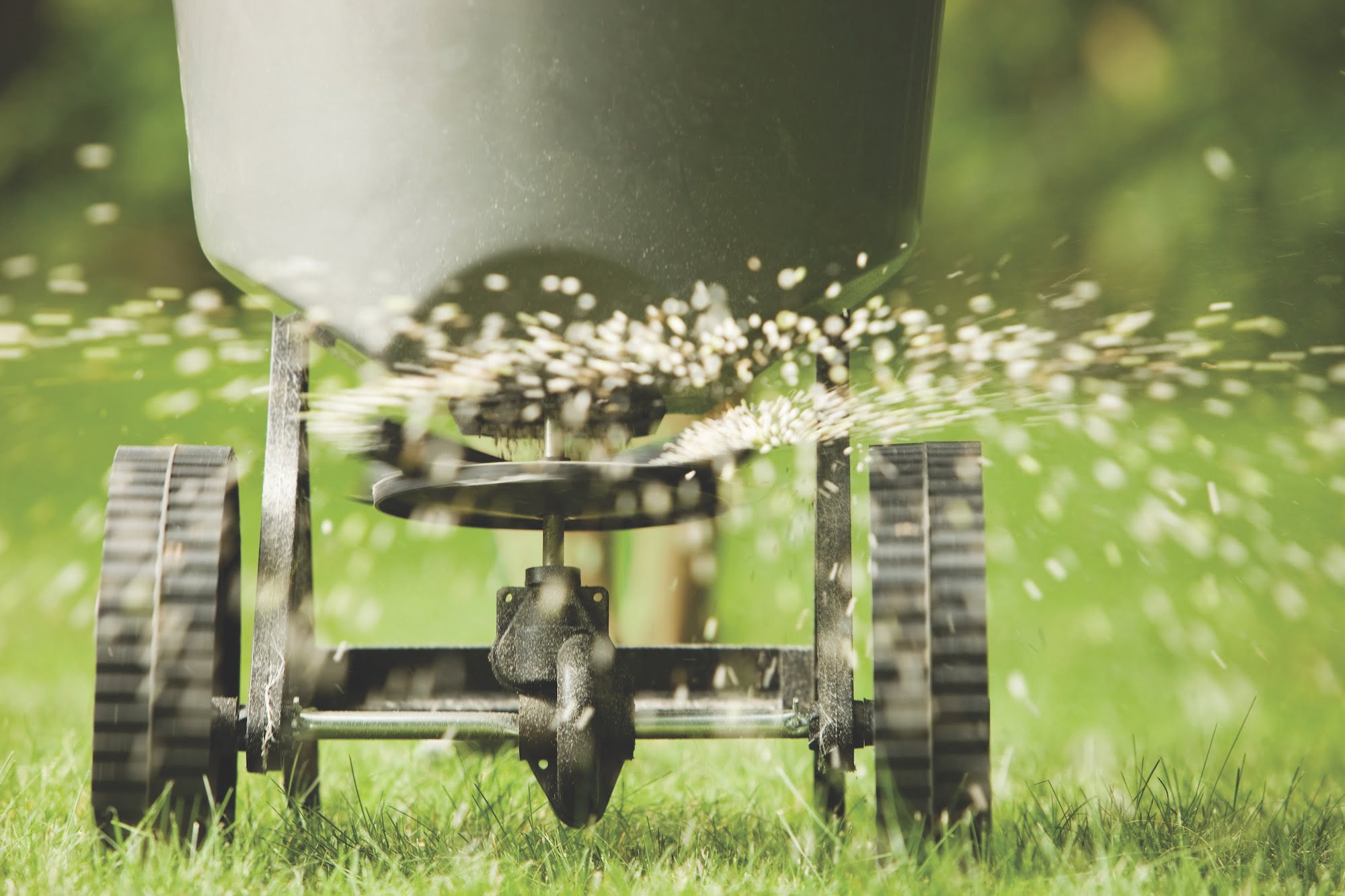
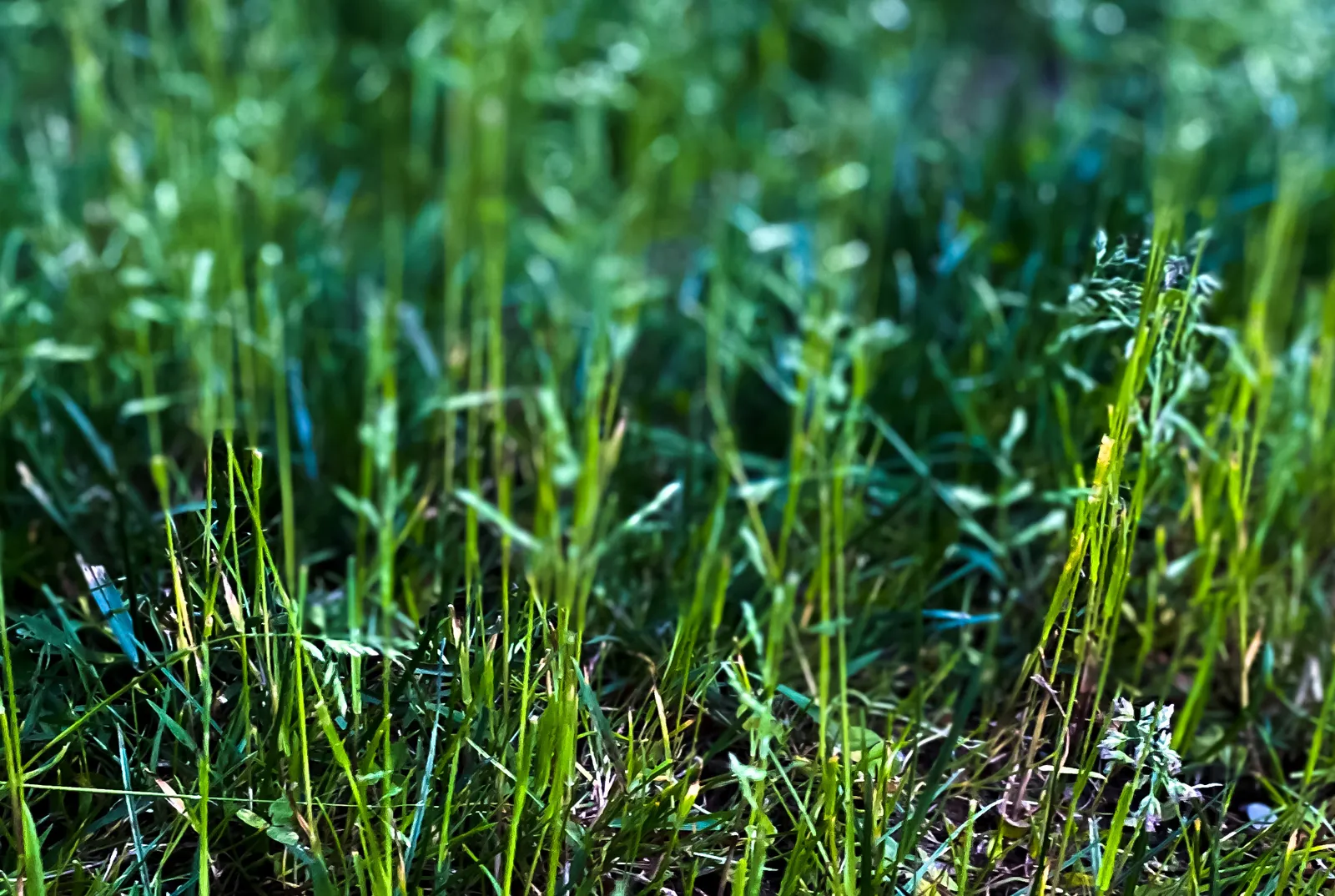
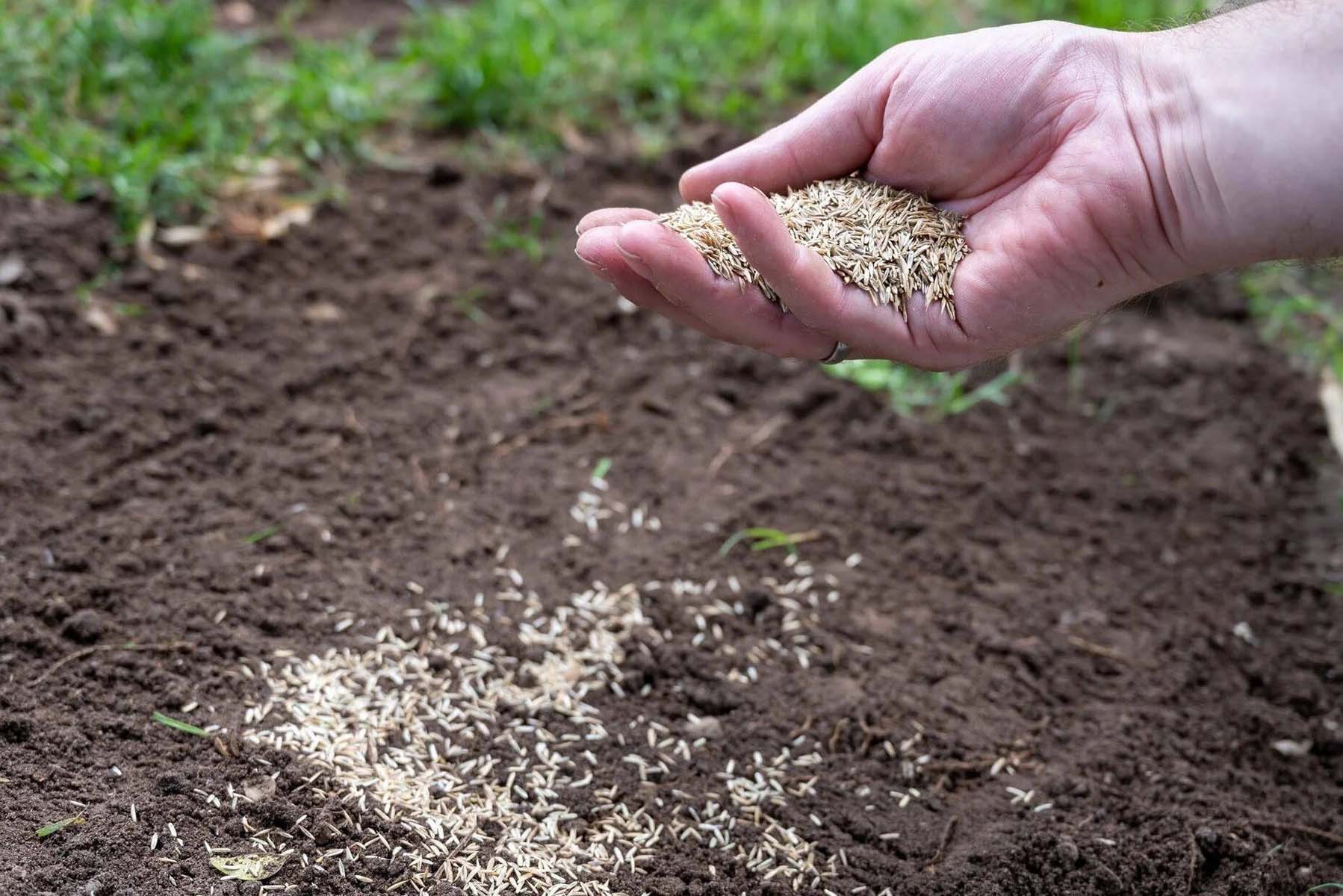
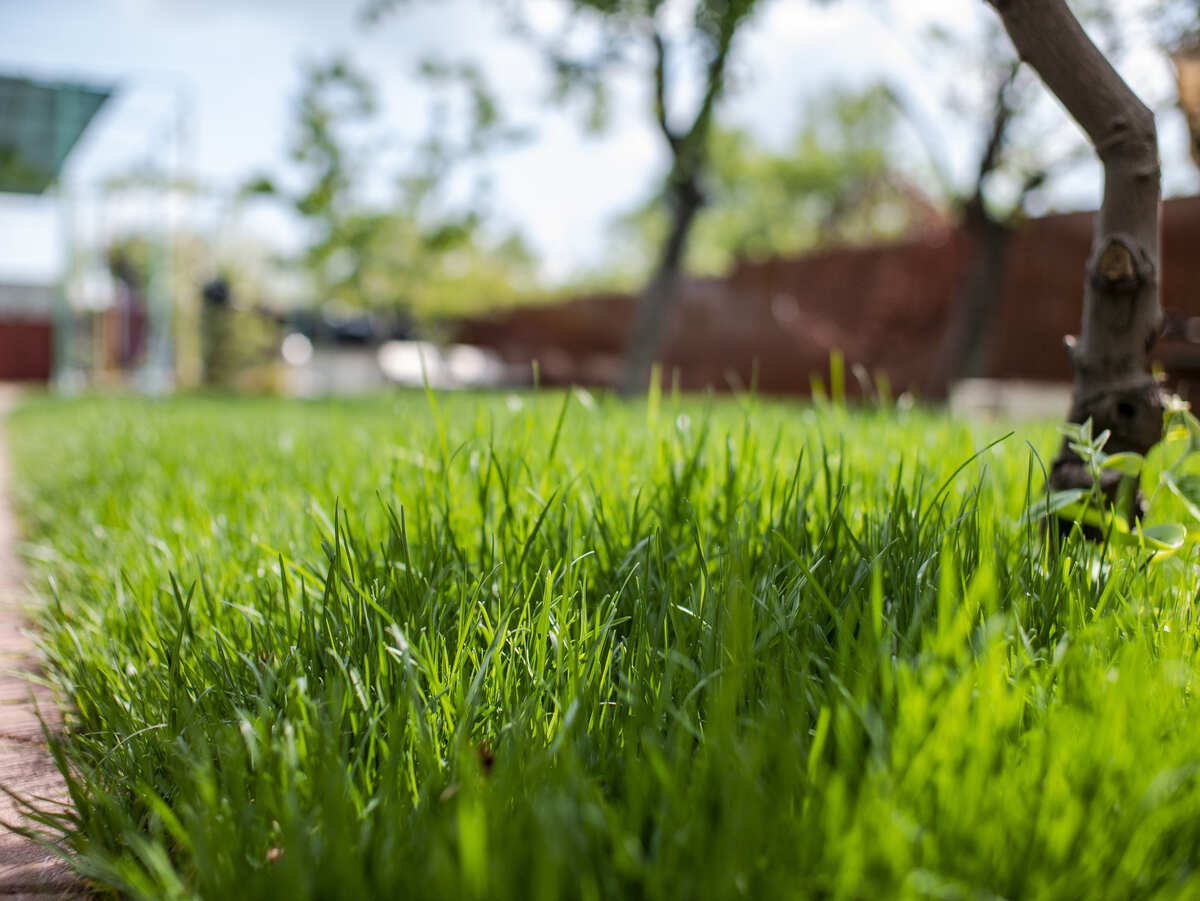
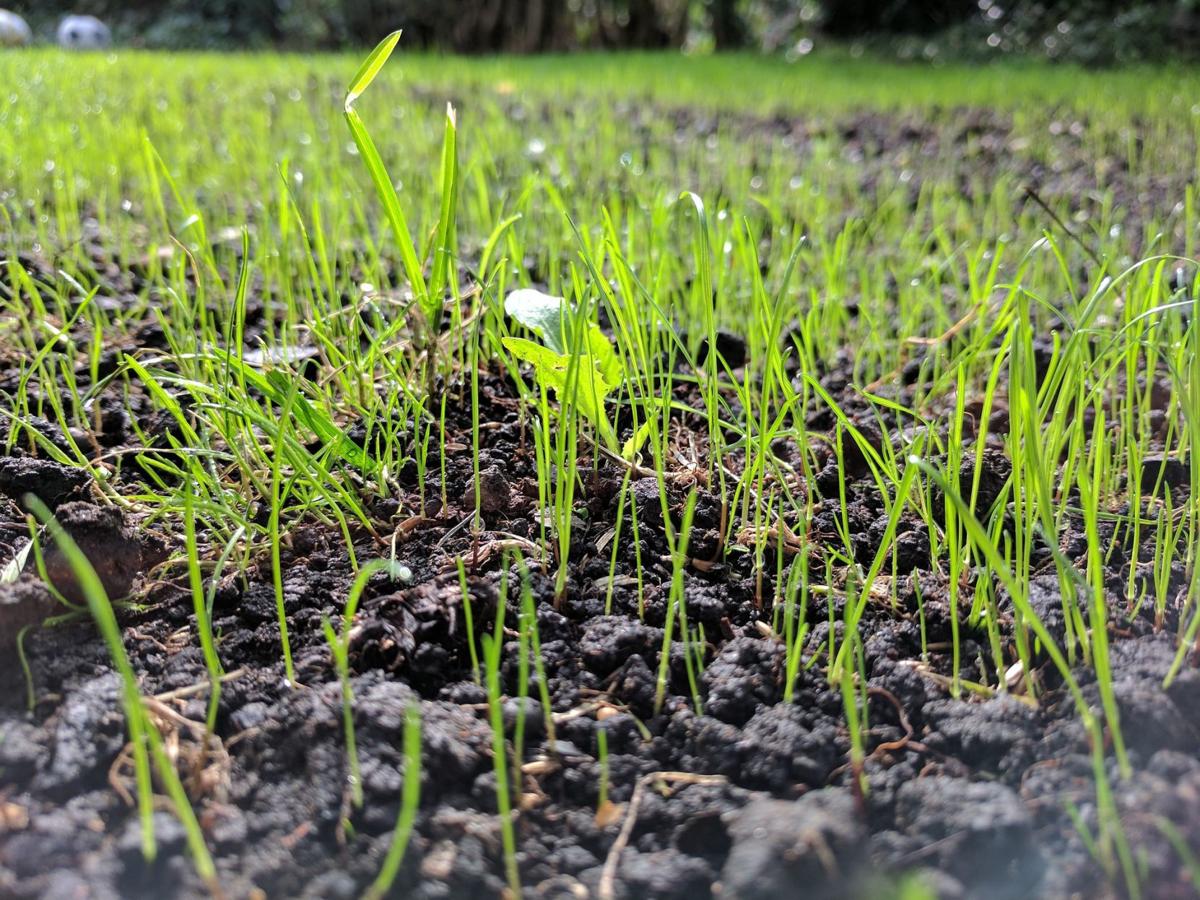
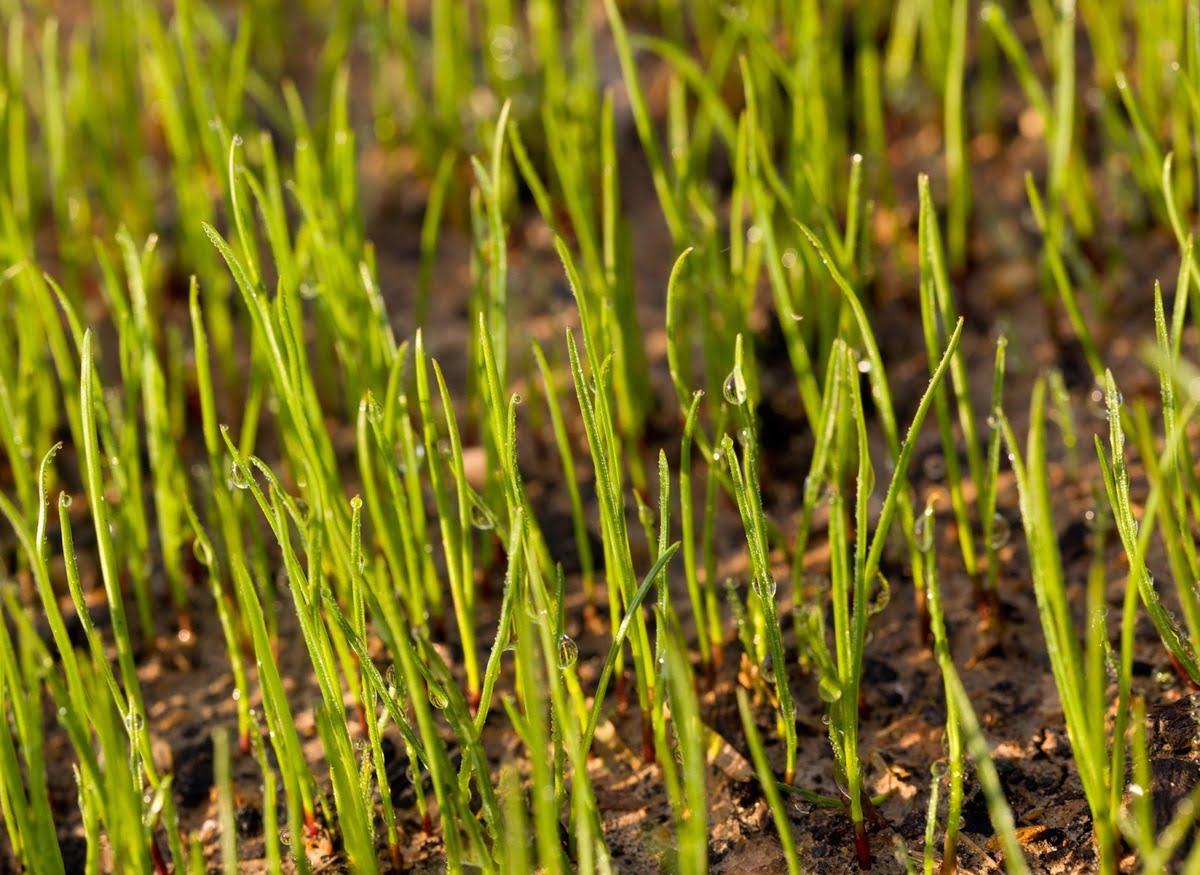
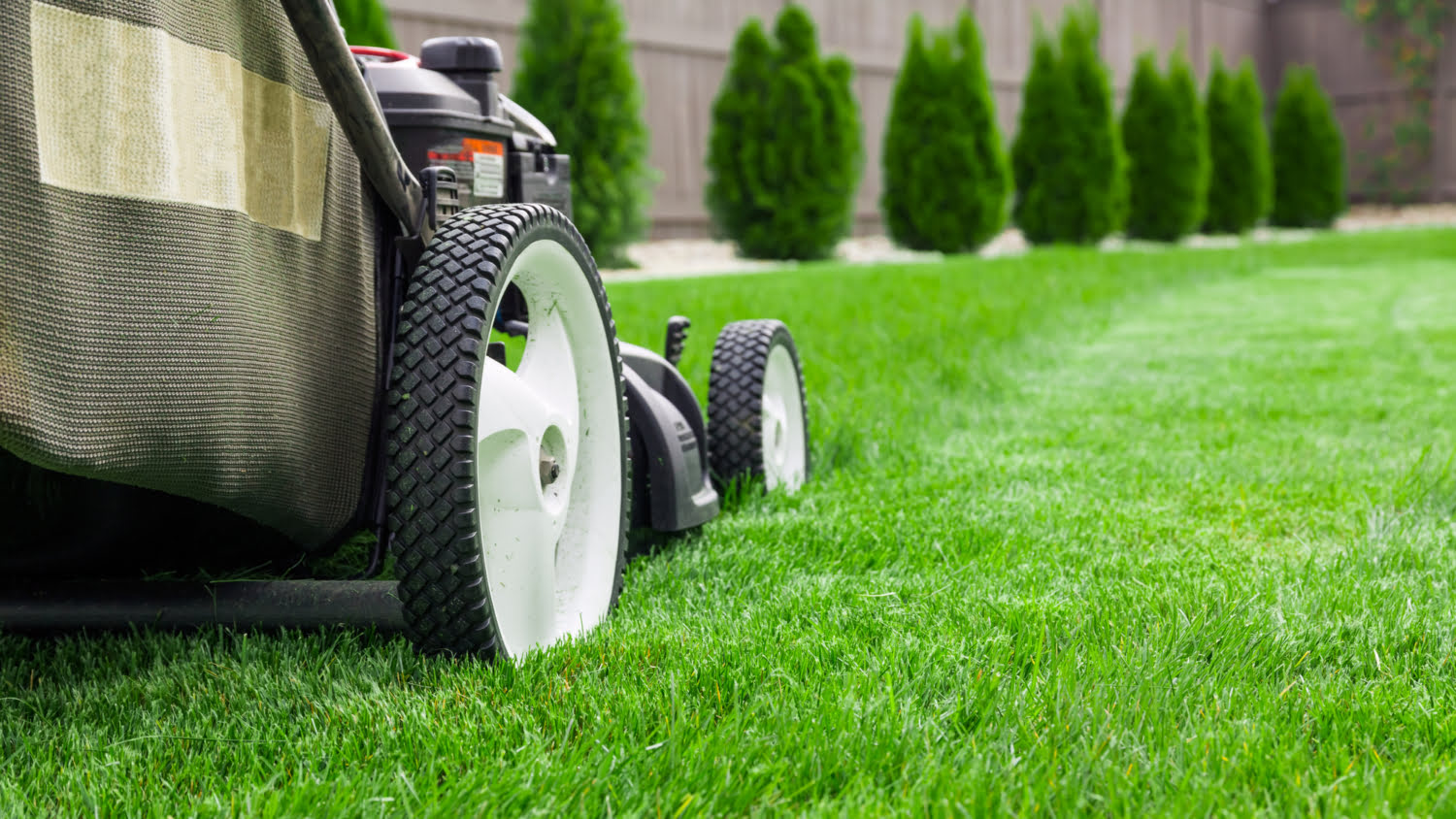
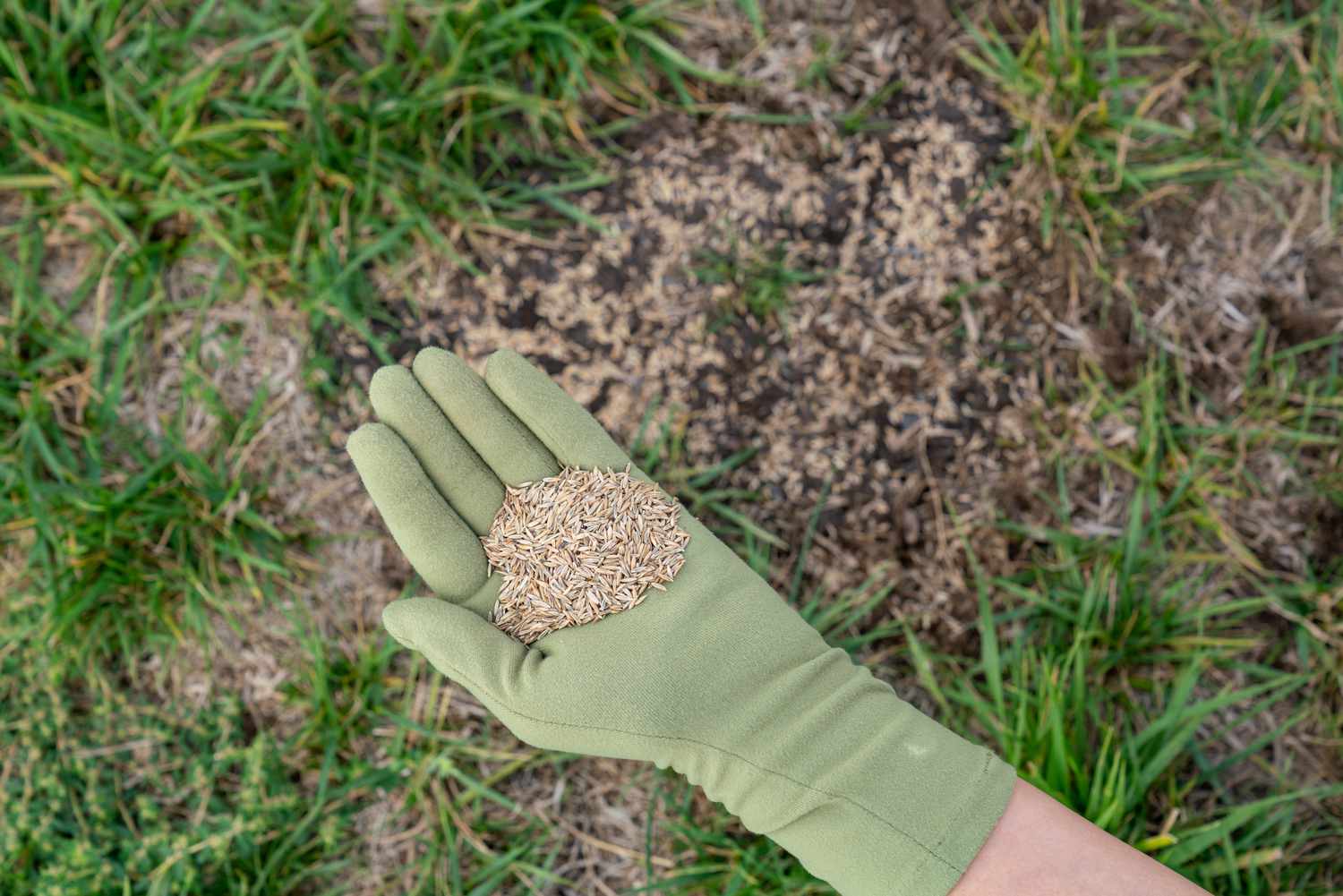
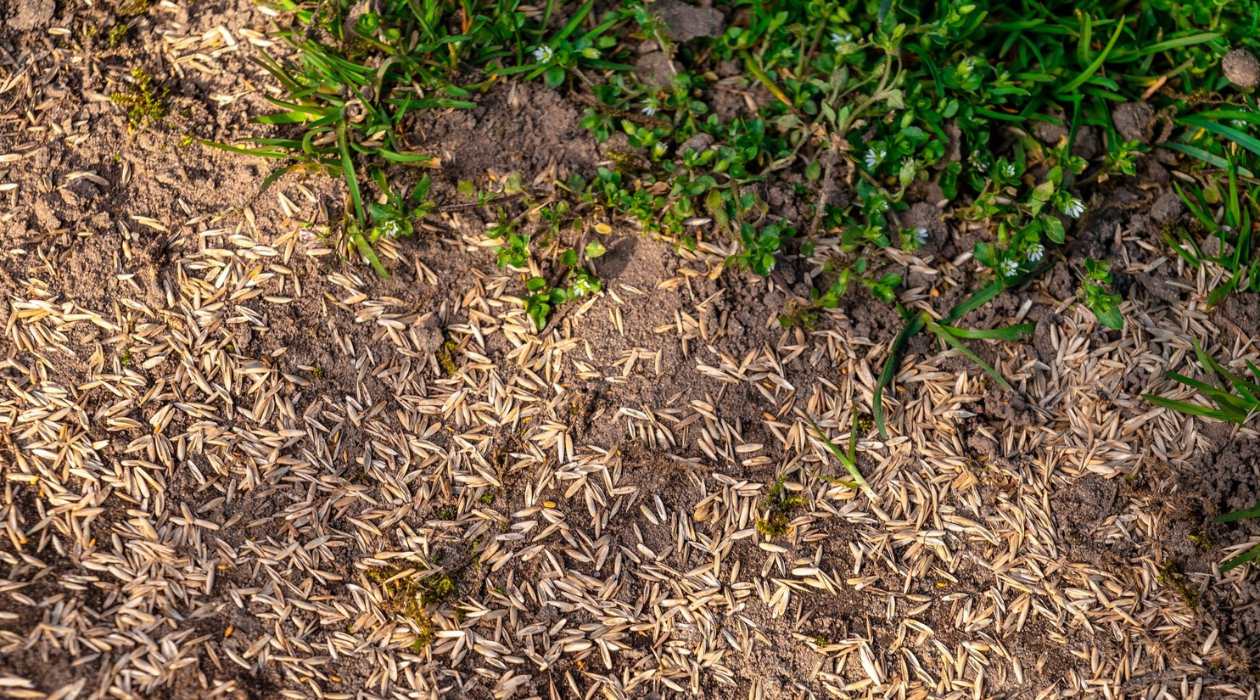

0 thoughts on “When To Plant Grass Seed In Spring Virginia”